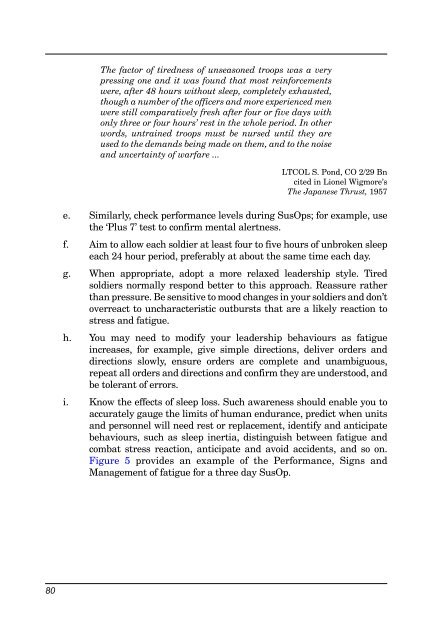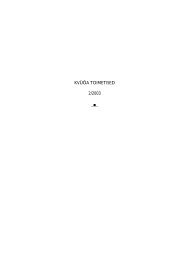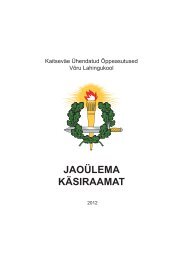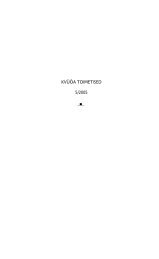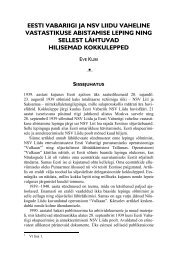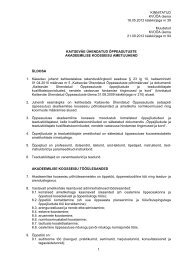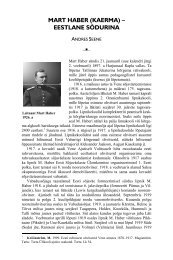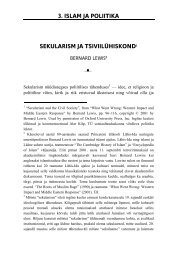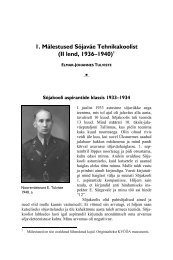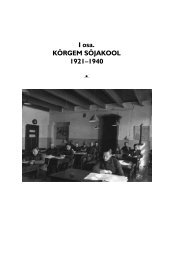Fatigue Management
Fatigue Management
Fatigue Management
Create successful ePaper yourself
Turn your PDF publications into a flip-book with our unique Google optimized e-Paper software.
The factor of tiredness of unseasoned troops was a very<br />
pressing one and it was found that most reinforcements<br />
were, after 48 hours without sleep, completely exhausted,<br />
though a number of the officers and more experienced men<br />
were still comparatively fresh after four or five days with<br />
only three or four hours' rest in the whole period. In other<br />
words, untrained troops must be nursed until they are<br />
used to the demands being made on them, and to the noise<br />
and uncertainty of warfare ...<br />
LTCOL S. Pond, CO 2/29 Bn<br />
cited in Lionel Wigmore's<br />
The Japanese Thrust, 1957<br />
e. Similarly, check performance levels during SusOps; for example, use<br />
the ‘Plus 7’ test to confirm mental alertness.<br />
f. Aim to allow each soldier at least four to five hours of unbroken sleep<br />
each 24 hour period, preferably at about the same time each day.<br />
g. When appropriate, adopt a more relaxed leadership style. Tired<br />
soldiers normally respond better to this approach. Reassure rather<br />
than pressure. Be sensitive to mood changes in your soldiers and don't<br />
overreact to uncharacteristic outbursts that are a likely reaction to<br />
stress and fatigue.<br />
h. You may need to modify your leadership behaviours as fatigue<br />
increases, for example, give simple directions, deliver orders and<br />
directions slowly, ensure orders are complete and unambiguous,<br />
repeat all orders and directions and confirm they are understood, and<br />
be tolerant of errors.<br />
i. Know the effects of sleep loss. Such awareness should enable you to<br />
accurately gauge the limits of human endurance, predict when units<br />
and personnel will need rest or replacement, identify and anticipate<br />
behaviours, such as sleep inertia, distinguish between fatigue and<br />
combat stress reaction, anticipate and avoid accidents, and so on.<br />
Figure 5 provides an example of the Performance, Signs and<br />
<strong>Management</strong> of fatigue for a three day SusOp.<br />
80


